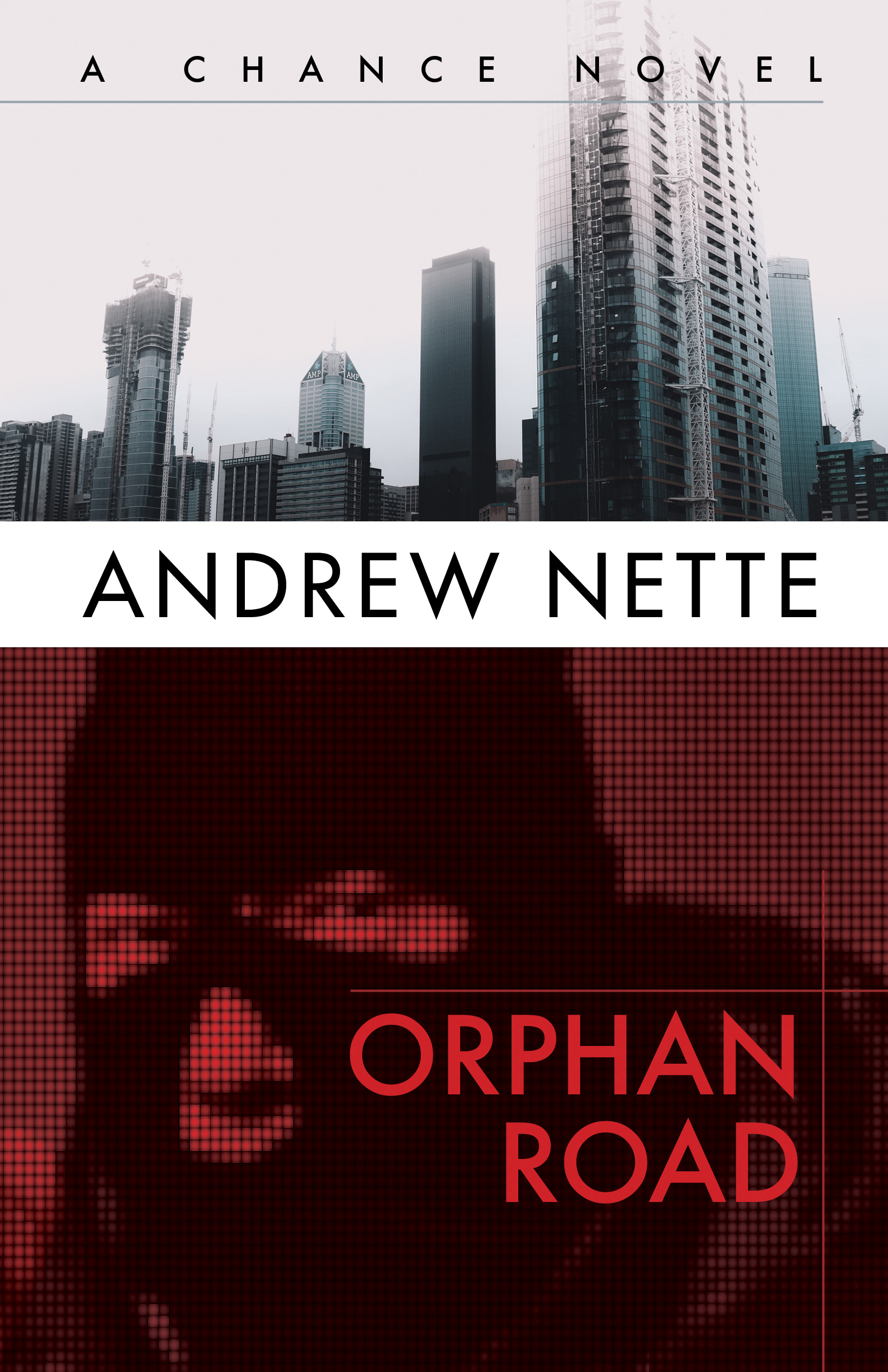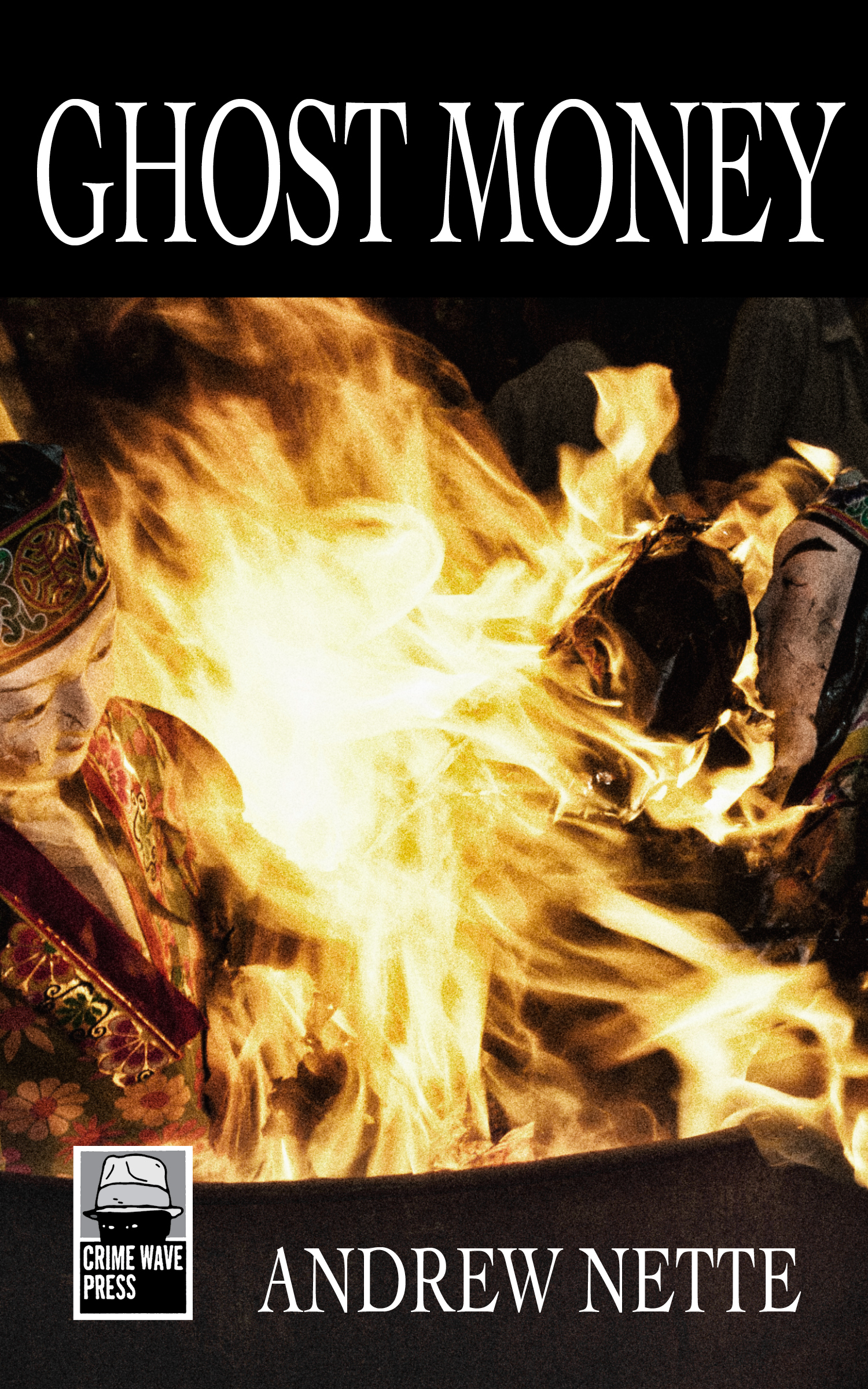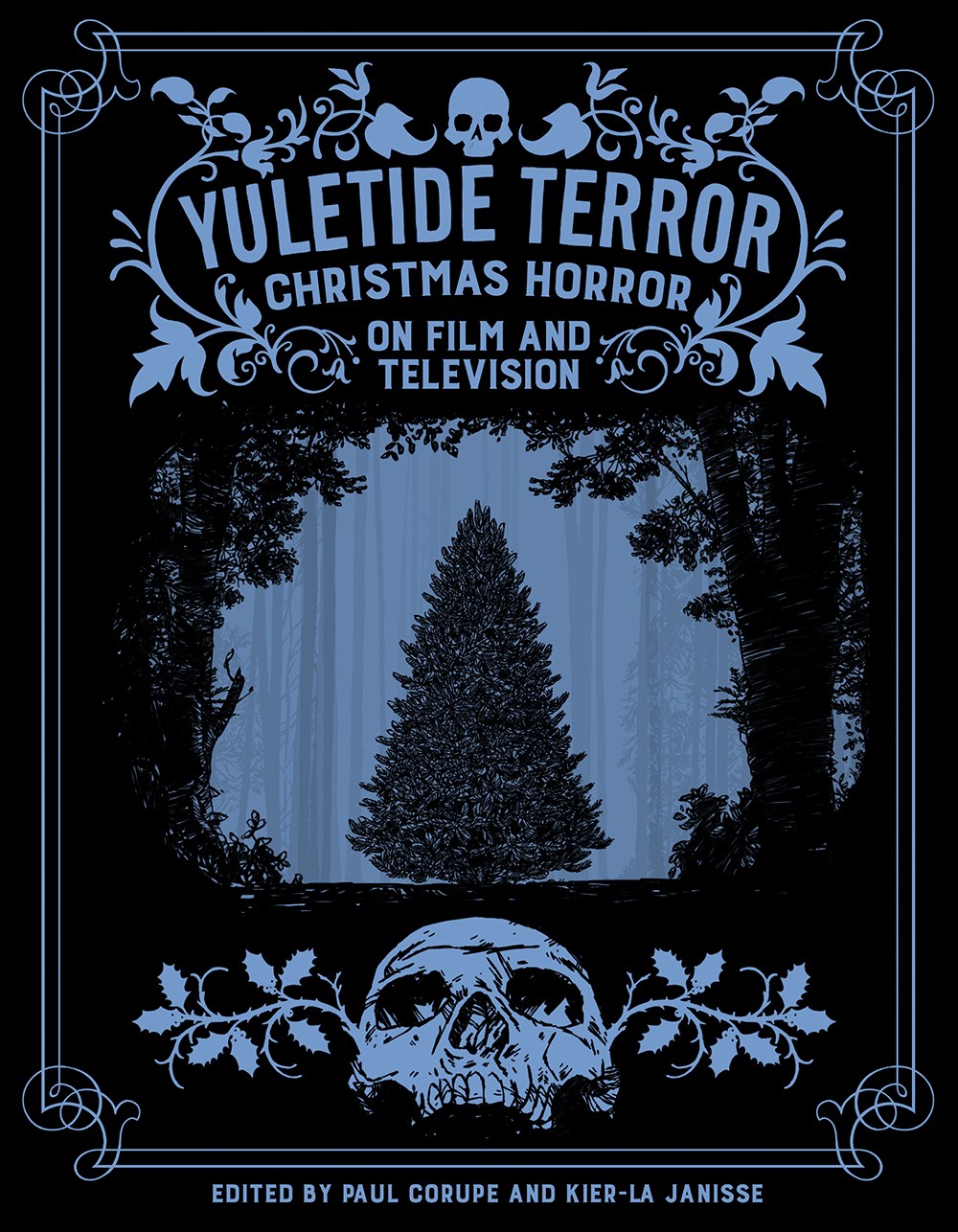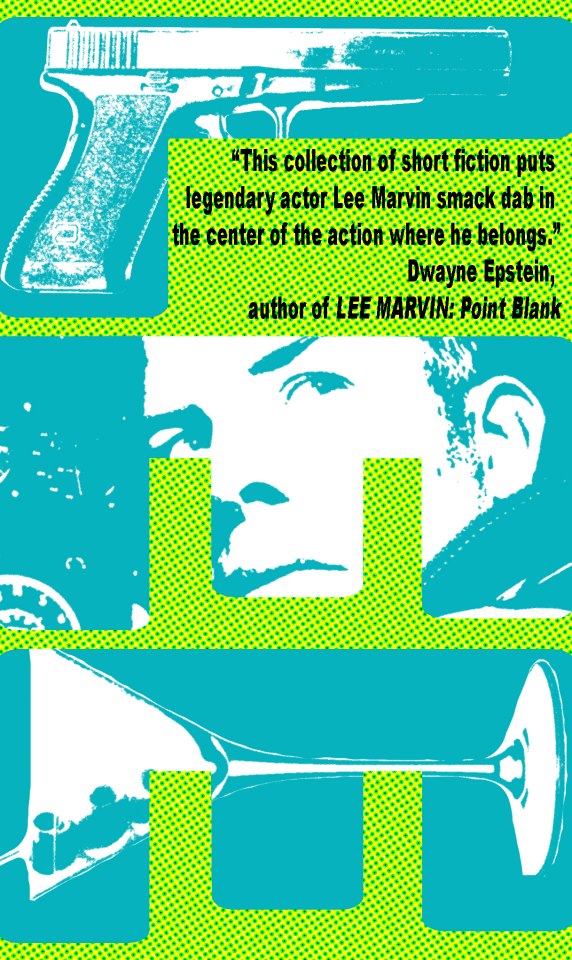Several weeks ago I posted a piece about my upcoming crime novel, Ghost Money and the fact it was being published digitally in the US.
Given the interest that post generated and the debate in Australia about digital publishing and pricing generally, I asked my publisher, Brian Lindenmuth from Snubnose Press, whether he’d answer a few questions about the first anniversary of Snubnose, the controversy around e-book pricing and what kind of crime fiction he’s looking for.
And a heads up for those reading who are sitting on a crime fiction manuscript, for the first time in 2012, Snubnose are open for submissions. Check out the site for details.
What is Snubnose Press and what kind of crime fiction do you publish?
Snubnose Press is the ebook imprint of Spinetingler Magazine. Spinetingler has been around since 2005 and we wanted to branch out into new areas. While we are mainly a crime fiction press we are open to other types of work. For example one of our more recent releases, The Duplicate by Helen Fitzgerald, isn’t a crime fiction novel. The crime fiction that we do publish tends towards the darker side of the spectrum.
Why did you set up as a small digital press? How did you think you could add value in the current publishing climate?
The honest answer is lower costs. We had discussed venturing into publishing a couple of times over the years but the need to come up with X amount of dollars, or to order X amount of books seemed cumbersome. E-publishing has allowed more flexibility. We knew that there was a lot of good crime fiction floating around and that the larger, changing market forces at work were not being kind to certain kinds of fiction. As a small publisher, with more flexibility, we can step in and take chance for example on a 20k word noir poem that otherwise wouldn’t have seen the light of day (Nothing Matters by Steve Finbow).
The Australian publishing scene is still pretty dismissive of digital publishing generally and small digital publishers in particular. Is it a different story in the US where digital publishing scene is more mature? How has your decision to set up Snubnose been received?
From bigger publishers selling at higher price points to smaller publishers and self publishing authors selling at lower prices, and some folks finding more success with one promo technique then others I think that the opinion of e-publishing is in varying stages of being all over the place.
At Snubnose we’re constantly working on reaching beyond our established audience to find new readers and reviewers and publications. I think our reception has been generally pretty good. I’d love to see more publicity for the great books that the Snubnose writers have written and I am grateful to those readers and reviewers who have written about us.
 What do you do to attract the kind of crime fiction you want to publish?
What do you do to attract the kind of crime fiction you want to publish?
I think folks online have a general idea of what types of fiction I like since I’ve been online for a few years at this point. It’s no secret that I like darker strains of crime fiction. So when submissions are open that is primarily what we see.
Most of the authors you have published so far are from the US. Is that a deliberate editorial decision or do you consciously look for crime fiction from non-US writers?
Most of the submissions that I’ve received have been from US writers. I haven’t been shy about approaching authors about their work if I know they have something floating around (in fact there are a few upcoming Snubnose releases where I’ve approached the author).
You’ve been up and running for a year now. How’s it going?
Slow and steady. We’ve been plugging away at it. 14 releases with plenty more scheduled for the rest of the year. We’ll be opening up submissions for 2013 soon.
What are the biggest challenge facing small digital publishers in general and Snubnose in particular?
Pushing out past your established audience to new readers. Getting readers to write about and/or tell their people about what they read. As more and more books are published each year even leaving just a couple of lines on Amazon about the book you just read can be very helpful.
In the age of social media I’ve always been a big fan of at the very least mentioning every book that you finish reading. “I just finished xxx and it was a very entertaining” posted on Facebook and Twitter is a broadcast to your people about that book. At tag the author and maybe they will retweet. Maybe someone will respond and you’ll have a conversation about the book. The only way for a signal to grow in strength, and reach as many people as possible, is for someone to actually start one.
So, you don’t have to have a review blog and drop 300 or more words on the book you read but you should at least mention it somewhere.
 Something I’ve only become aware of recently is the difference between designing a cover for a paperback and for digital book. What factors do you take into consideration in the design of Snubnose’s covers (Eric Beetner, Snubnose Press’s art director and an author stepped in to answer this question?)
Something I’ve only become aware of recently is the difference between designing a cover for a paperback and for digital book. What factors do you take into consideration in the design of Snubnose’s covers (Eric Beetner, Snubnose Press’s art director and an author stepped in to answer this question?)
The main difference is to provide maximum readability in a thumbnail sized image. Sometimes I wish we could be more subtle, but most people will be viewing the cover, at least for the first time, as a very small image so the title and central image must stand out boldly.
We’ve had some very simple images, like one of my favorites for Nothing Matters which was an image I came up with and then photographed the basic image myself then added some photoshop to it, and some more layered and complicated images like the upcoming City Of Heretics by Heath Lowrance created entirely out of a collage of stock photo images, manipulated into the final cover. In both cases the title is clear and legible. Hopefully people get a chance to see them larger too.
Other than the size issue, designing is still very much the same. You want an image that reflects the tone of the book, maybe gives a few clues about the story, and is visually arresting enough so the potential reader will stop on that image while browsing through hundreds of others. Hopefully we’ve done our job. The biggest compliment we can get is how closely we involve the authors in the approval of their own covers, and so far everyone has been pleased. Some have specific ideas and we do many versions, some like the first one out of the gate and we’re done very quickly.
For an indie press I can confidently say we have some of the best looking and most effective covers out there. It helps raise our titles into a true professional realm. I’d feel confident putting our covers up against any major publisher any day of the week.
E-book pricing is a hugely controversial issue in Australian publishing. Most Australian e-books go for between $10 to as much as $20 and there’s a very strong industry view correlating cheaper e-books with inferior product. What are your views on e-book pricing? What factors do you take into consideration when setting the price for Snubnose books?
Isn’t pricing in general a hot topic issue down there? I still cringe when I think of how much I paid for the last Australian book I bought. And here’s the thing, I really liked the book. But I have to ask myself (and it’s a question we all ask whether we realize it or not), was it worth the amount of money I paid for it? Sometime in 2010 I realized that $26 was too much money for me to pay for most books. Let alone the $55 that I paid for that Australian book. The flip side is buying a book like Raise a Holler by Jason Stuart for a buck and having it blow your hair back. I would have rather paid less for the Australian book and would have gladly paid more for the Stuart book.
None of which answers your question.
I stand by something that I said last year. There is no universal sweet spot for the industry. Each book, each author, each publisher will have it’s own successful price point and you have to play around to find it. As a small publisher working with emerging authors we have had greater success with a lower price point. This corresponds with my own findings as a reader. If I have heard of a book or an author and it/they sound interesting I’m far more likely to pick up their book if it is, let’s say $5 or less.
Unfortunatley there is somewhat of a false dichotomy in place with Amazon’s royalty structure (30% for $2.98 and below and 70% for 2.99+). This forces the publisher and the author to decide between selling more copies or making more money. Ideally the 70% royalty will be implemented across the board so any hesitation about crossing that $2.99 line will be eliminated thus granting more freedom of choice.
How would you like to see Snubnose develop over the next couple of years?
Readers are the back bone of any publisher so I’d like to see as many readers as possible for the Snubnose authors.





















That just made me realise how rarely I write something about books I’ve just read, which is a lot of books as it turns out over a year. Put off by the thought, when so busy, of knocking out a few hundred words, which I used to do when I had more time. He’s right – a few lines as soon as I finish is the way to go…
Dave, yes I think Brian’d comments hit the nail on the head.
When Ghost Money gets released by Snubnose Press, you can count on me for more than a few lines…
All the coming releases look great. Nice interview, guys!
One of the best things about doing any cover work with SP, is that you can be assured the content will be a joy to read–with lots of visual inspiration.
Boden,
I agree with you, I think the SP cover artwork is fantastic stuff. Certainly some of the best digital cover art that I have seen.
Andrew
Yeah, me too Angela. Looking forward to it. And to whoever does the covers at SNP, they look great…